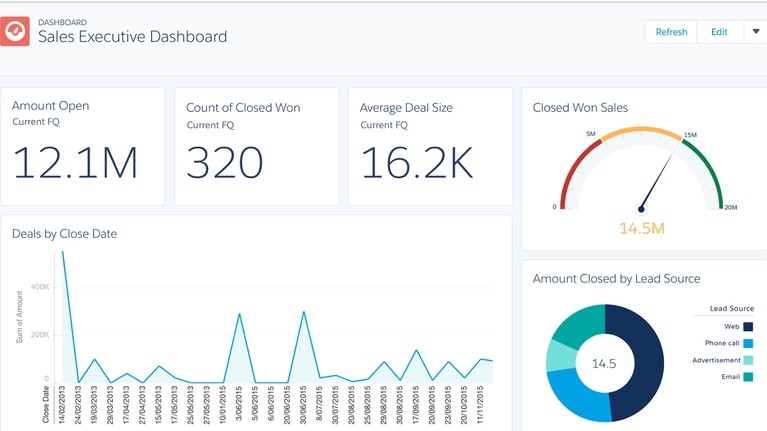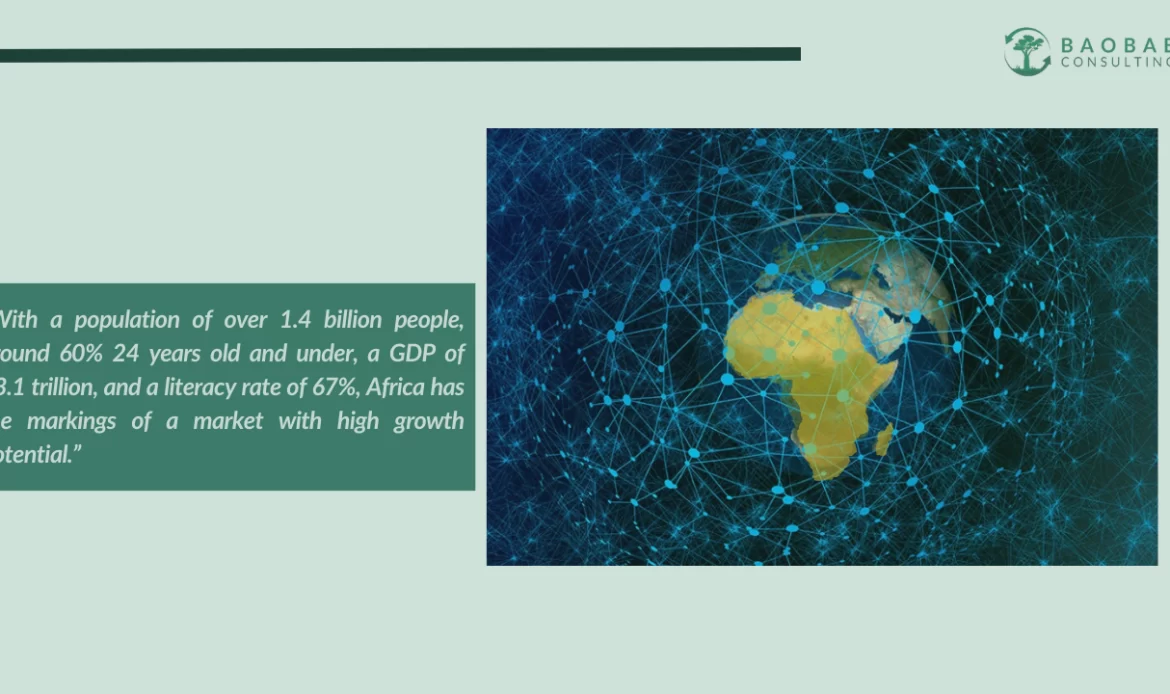By Maher Abderrahmen
Businesses aiming to achieve higher revenue and faster growth prioritize building strong, long-term relationships with their customers. In order to reach this goal, companies need to adopt the right business strategy and make use of modern technologies and collaborative tools. This is where Customer Relationship Management (CRM) can help.
More Than a Software
CRM is a company-wide business strategy designed to improve revenues, reduce costs, and increase customer retention. CRM system publishers offer increased sales and implementation of business processes, among its many other advantages. It evaluates the company value and brings together information from different company departments to create a unified and centralized view of each customer. Therefore, companies can use these insights to identify opportunities to grow and make better-informed decisions that improve customer relations.
Not Only for Sales
In the era of collaborative tool innovation and use, barriers between departments in a particular company are falling. Amazon, for example, employs one team to manage sales, marketing, customer support, and customer services. This new approach aligns with the CRM publishers’ strategy. Only instant and reliable access to information – contracts, marketing campaigns, customer accounts, etc. – really accelerates the activity. Not only would a CRM solution help businesses generate sales, but it offers a holistic understanding of the customers as people. This window into customers’ needs and perspectives improves the way a business will design its products or service portfolios. The CRM system aims to reference the entire history of customer interactions.

Key Features of a CRM
- Customers and prospects data centralization: A CRM acts as a database for a business. Sales, marketing, and customer support teams input essential data which will be analyzed on a common platform. The operational aspect of a CRM works in synergy with analytics and its quality depends primarily on the quality and validity of customer and prospect data entered.
- Leads generation: CRM promotes lead generation and targeting through prospecting and management of new customers. CRM compiles relevant data, such as emails, from many platforms into just one, streamlined system. The data of the various prospects is essential to transform leads into customers.
- Customer Loyalty: CRM centers customer loyalty, because customers who feel optimally cared for, even after a deal has been closed, will come back and recommend the business. CRM manages requests and offers, which supports business processes with business partners. For example, once the transactions are concluded, a suitable CRM offers extensive possibilities for efficient after-sales services. This includes the treatment of complaints or the provision of support to the correct use of the company’s products.
- Synchronization and alignment of communication: CRM facilitates exchanges between the company and its current and potential customers. These exchanges may be emails, SMS, WhatsApp, phone calls, Skype calls, conversations on the company’s website via live chat, and more. CRM then synchronizes and aligns all the channels. Businesses not only gain an overview of all possible means of communication but can also choose the most suitable channel for each contact to receive a clear and consistent message.
- Data Analytics: The analytical component of a CRM uses data from the operational part to bring new insight. The objective for a company is to evaluate its customers, identify cross-selling opportunities, segment its audiences and improve the management of offers.
Every Business Needs a CRM
Every business and organization that has to communicate with its customers requires a CRM, in today’s data-driven world it helps even the smallest structures have a dashboard to drive business activity recording and tracking customers’ information. Modern CRM systems offer user-friendly interfaces, flexible costs, as well as easy maintenance to address unique needs of all types of businesses.
A study from SMB Group shows that small and medium-sized companies that have fully integrated CRM solutions are 29% more likely to expect revenue growth than those that have only partially integrated these solutions, and they are 40% more likely than those that have not done any integration. Whether a company advancing B2B or B2C services, CRM is the must-have tool to be integrated into the workflow. According to a survey of CRM users from Capterra, 65% of businesses adopt a CRM within their first five years. This craze is confirmed by a new report by Grand View Research, Inc. that estimates the global CMS market size to reach USD 96.5 billion by 2028, becoming the largest and fastest-growing enterprise application software category.
Deploying a CRM tool is a structuring project for any company. To ensure smooth adoption by end-users, it’s important that everyone is on board with this change by setting common goals and an implementation strategy, ensuring top management support, launching an incentive system, demonstrating ROIs, and, above all, providing ongoing training. Moreover, whether it’s a small, medium, or large-sized company, the best strategy to adopt when implementing a CRM is to keep it simple and scale up as the business grows.
Types of CRM Software
Once a company has decided to implement a CRM system, its next step is to find the best software for its needs. While some organizations may benefit from an on-premise software, there are many advantages of a cloud CRM deployment.
With on-premise CRM, companies buy the CRM system as an individual license and install it on their servers. The vendor is then responsible for the installation, configuration, and training of the company’s employees. Licensed CRM is a good choice for organizations with a strict security policy, as they have full control over the network that gives access to their servers.In such a case, the implementation process takes more time and IT resources. Though, it is the buyer’s task to ensure the upkeep of the on-premise system, as the vendor has no responsibility for its operation and data security after the implementation stage. The vendors can still provide technical support who will deal with the critical issues.
Alternatively, software-as-a-service (SaaS) CRM, stores data on the vendor’s servers. In this case, the users have full access to the database all the time wherever they are, and the vendor takes all the responsibility for the seamless operation of the system and provides all the necessary system updates and support.
Cloud-based CRM software is highly scalable, which means that an organization can easily expand its functionality when business requirements grow. It is also more suitable for remote work. System accessibility requires a strong internet connection and it involves an affordable monthly or annual fee.
The Rise of Mobile CRM

As modern companies become more flexible in work arrangements, Mobile CRM, enables those working in the field or remote employees to use mobile devices, to access real-time customer data and customer accounts wherever they are. This CRM trend offers more features, like the ability to update data on the go. On average, sales teams spend more than 50% of their workday selling remotely. In fact, according to Software Advice, 81% of CRM users access their CRM system on several devices, including laptops, desktops, smartphones, and tablets. The best mobile CRM software is designed with user efficiency and intuitive navigation, without compromising feature sets.
The Crux of a CRM
The CRM logic is simple: put the customer first. CRM is both a philosophy and a strategy that enables businesses to systematically build better relationships with customers. A good CRM approach creates a personalized experience for each customer, unifies interactions, and automates manual tasks. The adoption of such a tool on a large scale makes it possible to obtain an overview of customers, increase productivity, and improve collaboration between sales, marketing and customer service teams.






